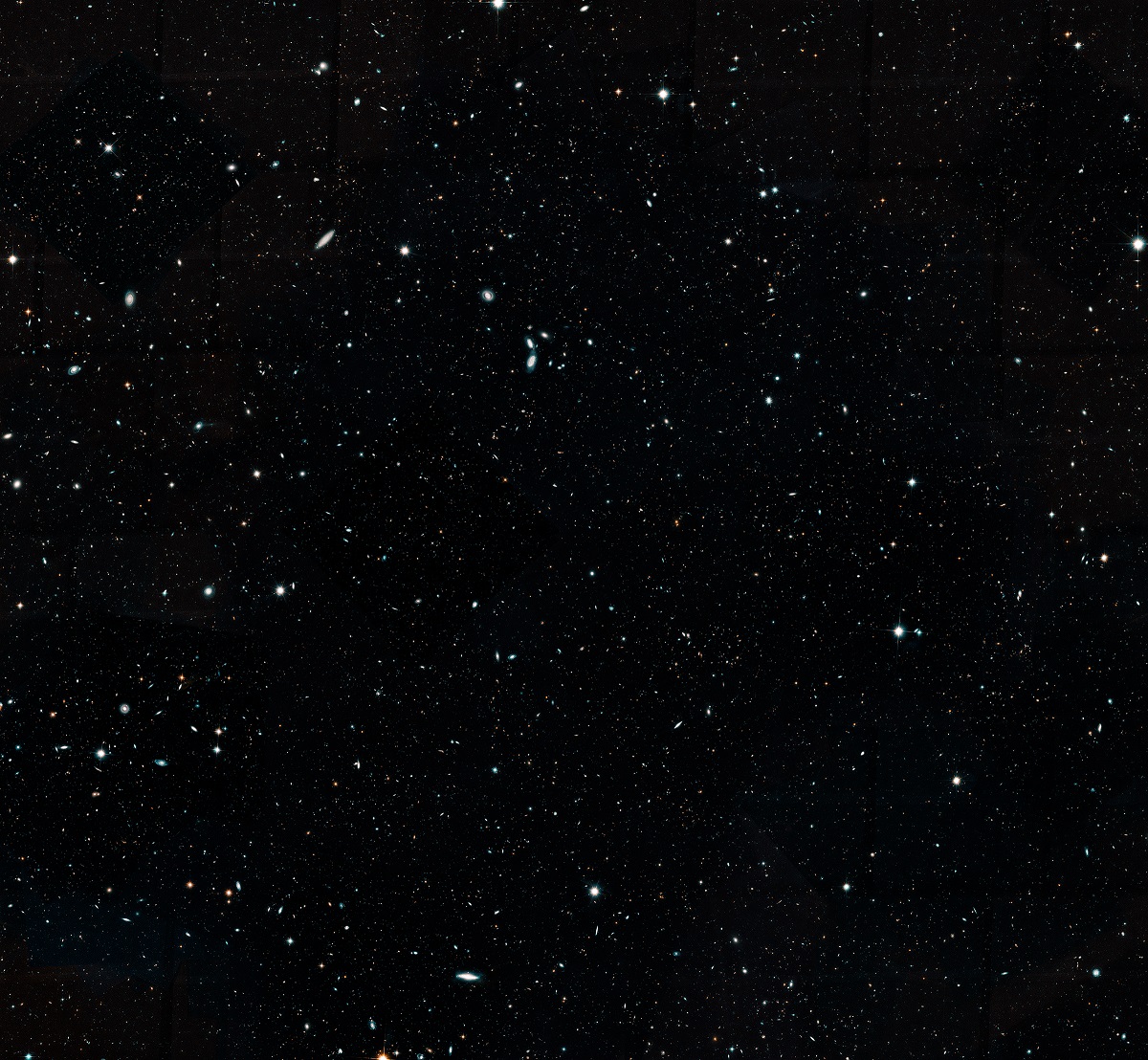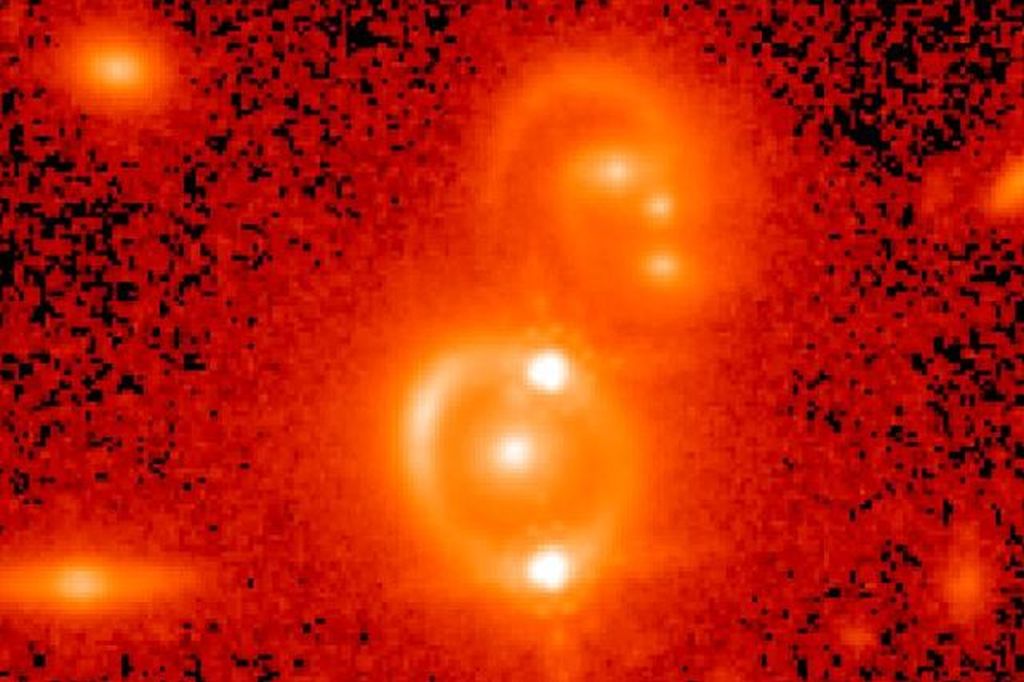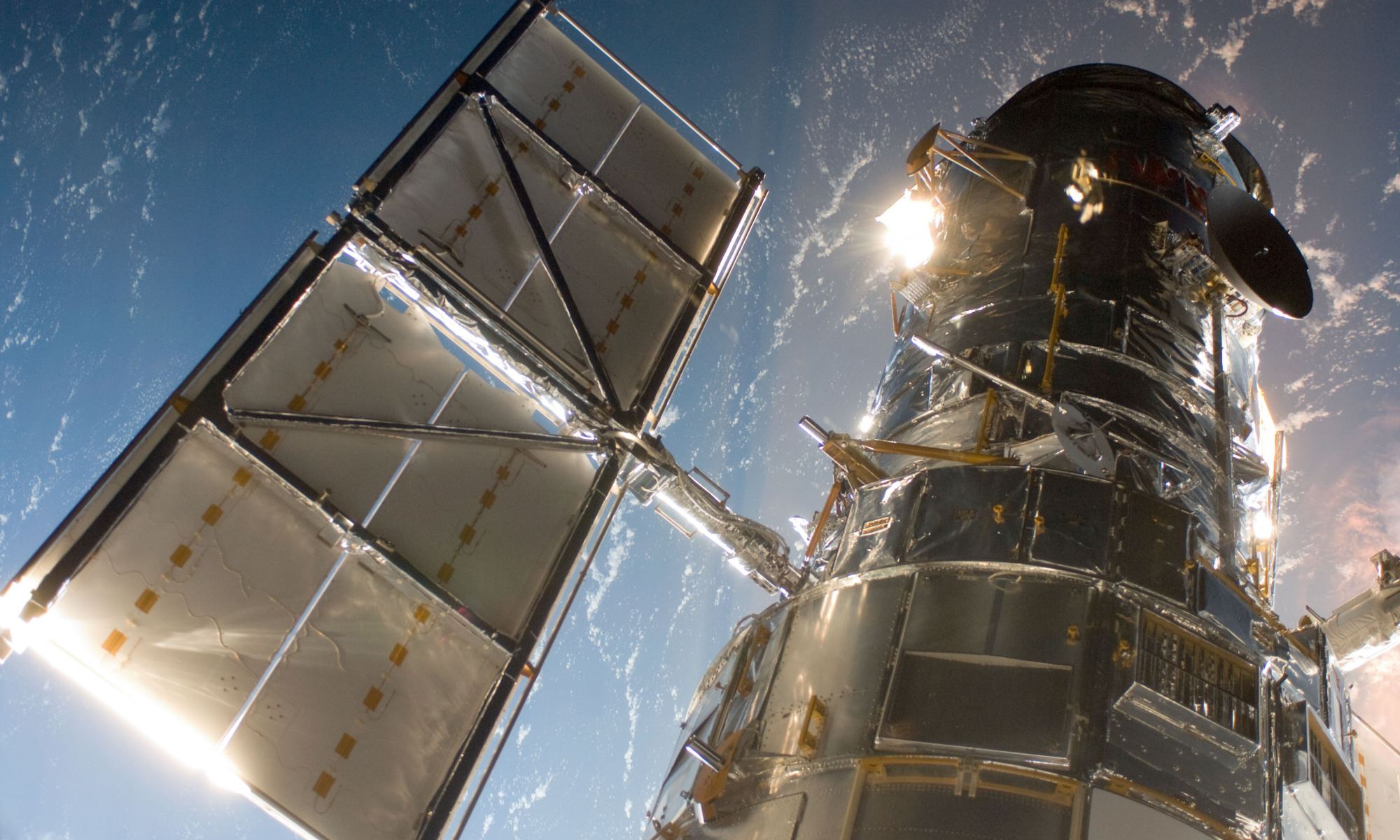The Hubble Space Telescope has given us a beautiful image of the barred spiral galaxy NGC 7773. This is a classic galaxy of this type, and highlights the bright bar of concentrated stars that anchors the galaxy’s stately spiral arms. It was captured with the Hubble’s workhorse Wide Field Camera 3 (WFC3.)
Continue reading “Perfect Example of a Barred Spiral Galaxy, Seen Face On. This is What Our Milky Way Might Look Like”Perfect Example of a Barred Spiral Galaxy, Seen Face On. This is What Our Milky Way Might Look Like










